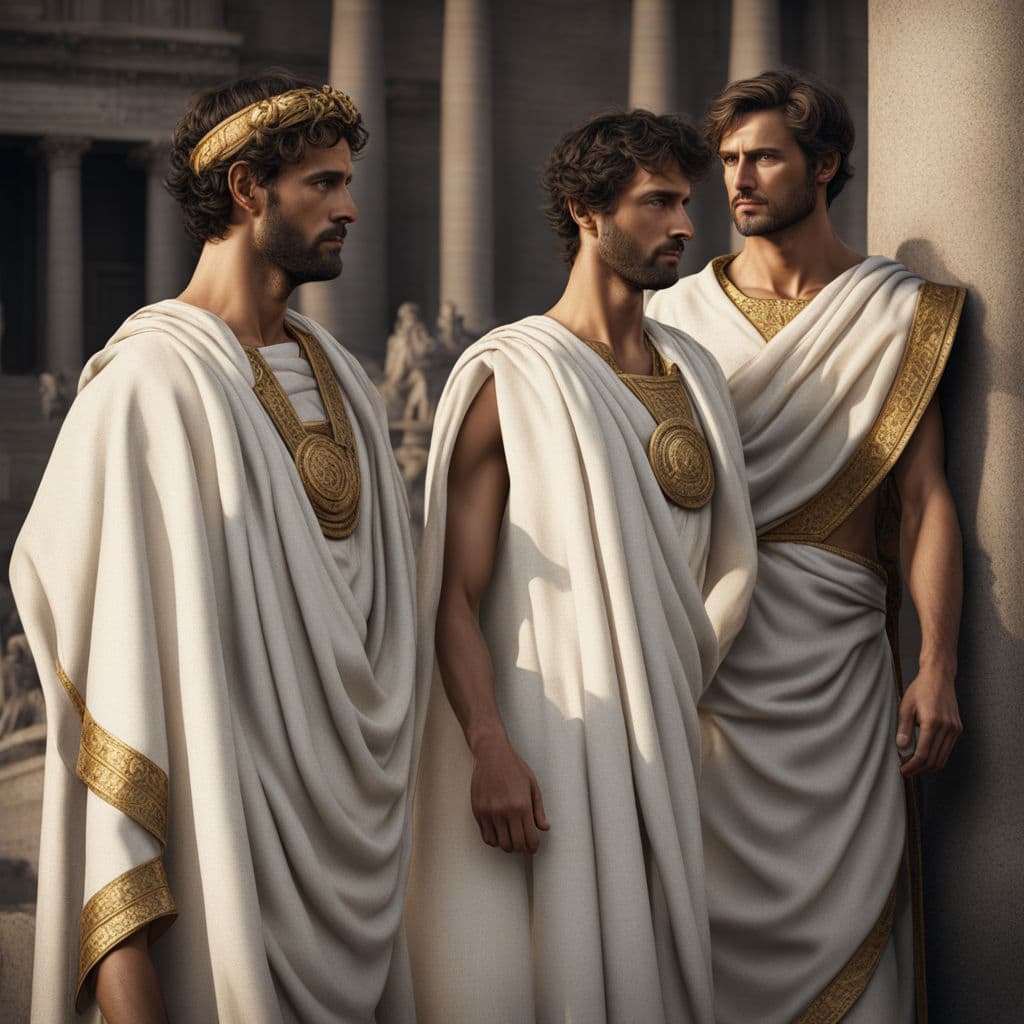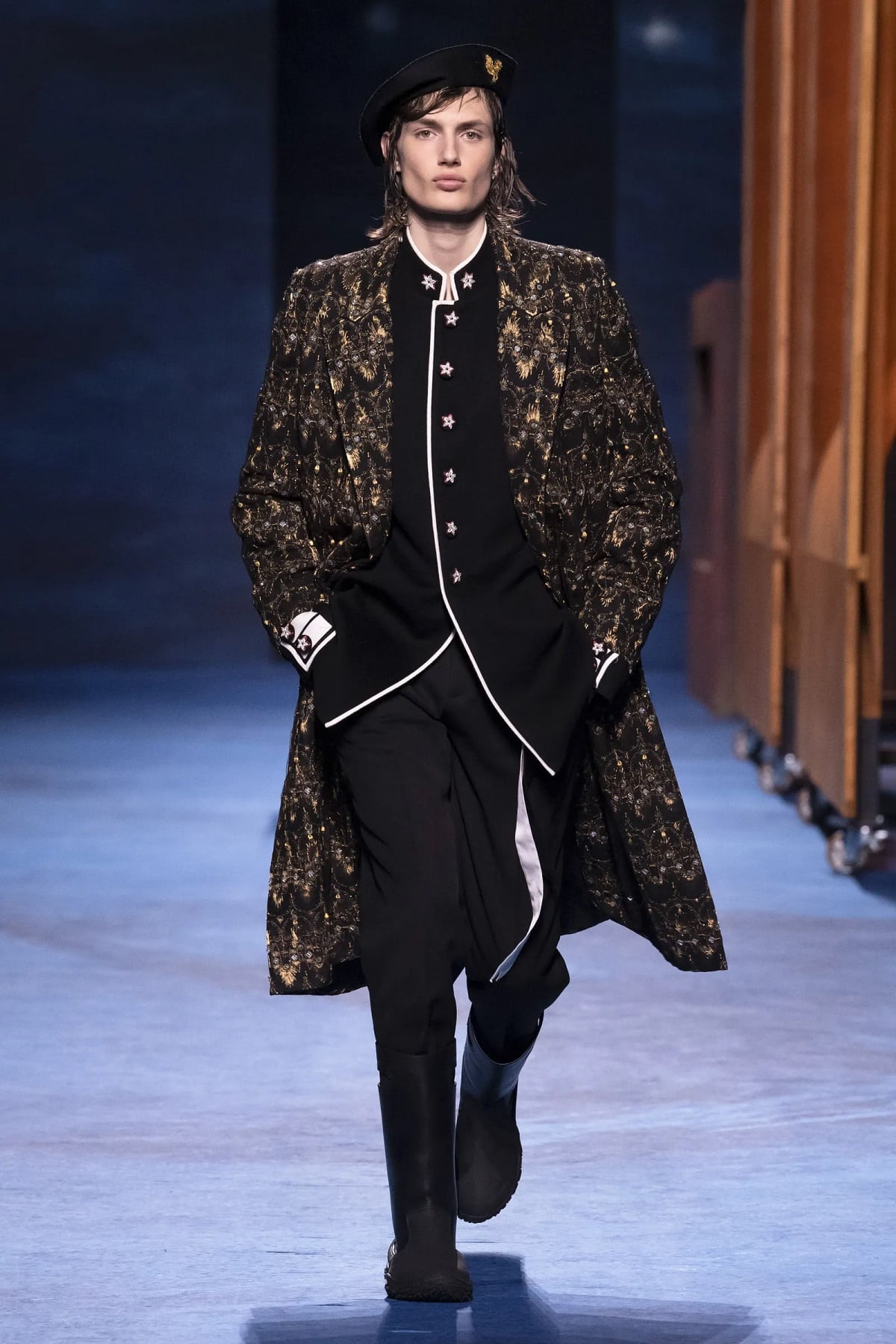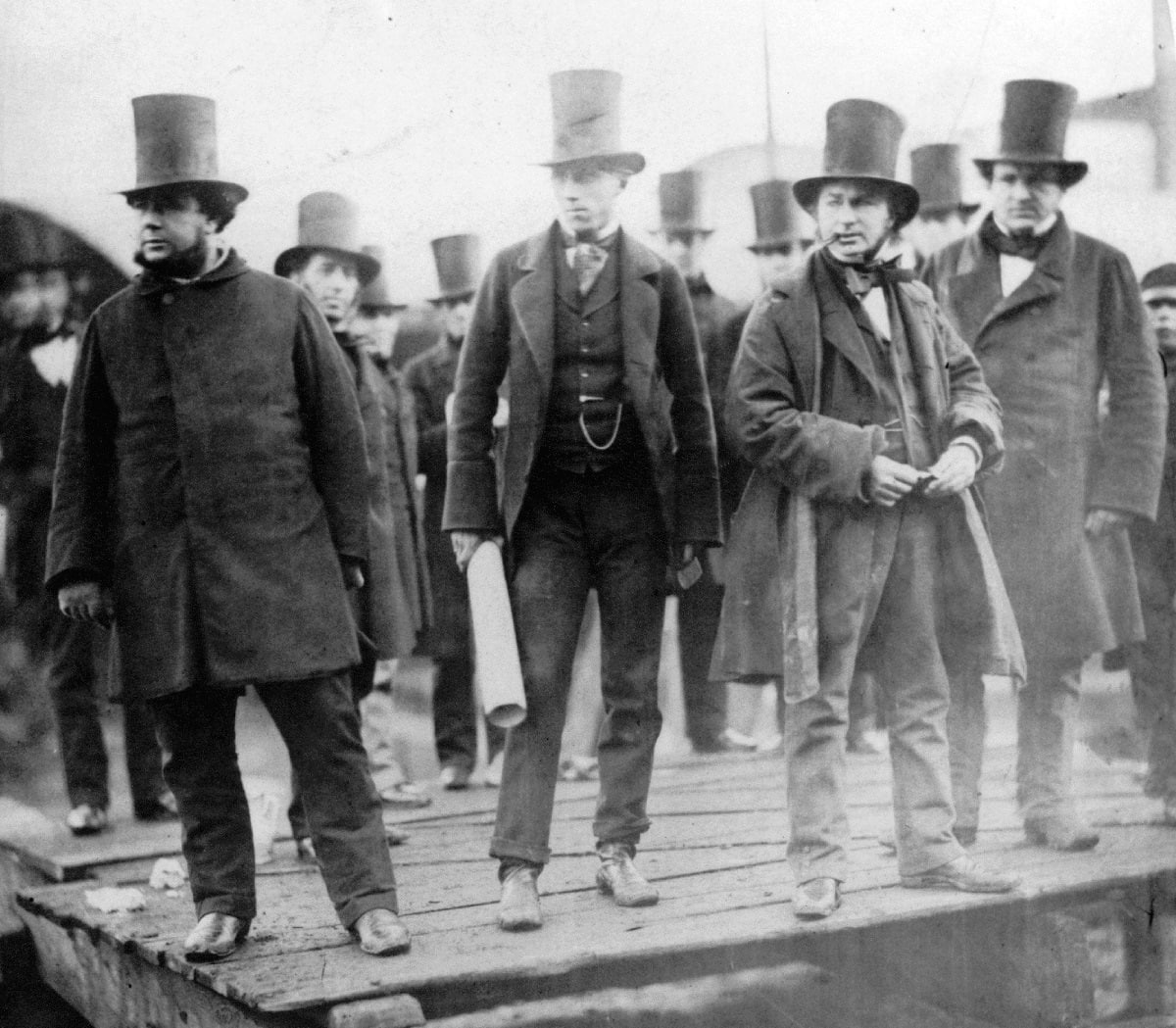1
HOME > Fashion History >
FASHION THROUGH THE AGES: THE EVOLUTION OF CLOTHING STYLES
Written by Menswear Style in Fashion History on the 2nd January 2024

As an idea as old as civilization itself, fashion first began its journey in the ancient world. Ancient Greece. Their clothing was not just of necessity, however: Some were elaborately-draped robes while others donned intricate tunics. These early designs have quietly crept into modern fashion. The return of the draped silhouette and enduring popularity of an expertly cut tunic attest to that fact. Ancient Egyptian linen, the Greek chitons and Roman togas are examples of an early reading on how fabric can be employed in communicating rank. The better materials and more refined designs were reserved for high-ranking people. This historical obsession with clothes and cutting has reverberated down the centuries, forming today's fashion industry.
Renaissance and Beyond: A Confluence of Art and Fashion
The Renaissance period marked a turning point in the evolution of clothing styles, blending artistic expression with attire. This era introduced elaborate dresses, intricate embroidery, and a play of vibrant colors, elements still celebrated in today's fashion world. For instance, the love for ornate details and rich fabrics that characterized Renaissance fashion can be seen echoed in modern haute couture designs. The luxurious velvets and silks, often adorned with pearls and gemstones, not only showcased wealth but also artistic prowess, setting a precedent for fashion as a form of artistic expression.

The Industrial Revolution: Democratizing Fashion
The Industrial Revolution brought a significant shift, making fashion accessible to the masses. The invention of the sewing machine and the rise of department stores, like those found at alluresjcf.com, revolutionized how clothing was produced and consumed. This democratization meant that trends could spread faster, and styles became more diverse, catering to a broader audience.
The 20th Century: A Century of Fashion Milestones
The 20th century was a period of rapid change in fashion, reflecting the dynamic social and political landscape. From the flapper dresses of the 1920s to the bold power suits of the 1980s, each decade brought its unique flavor to fashion. This era also witnessed the rise of iconic fashion designers who shaped modern fashion sensibilities. Designers like Coco Chanel and Christian Dior revolutionized women's fashion, introducing concepts like the "little black dress" and the "New Look," which emphasized femininity and luxury post-World War II. These innovations paved the way for fashion as a means of personal expression and social commentary.

The Digital Age: Fashion in the Era of Globalization
Fashion today has gone global and digital. Due to social media and online stores, the latest styles are immediately available around the world. Not only have cultures come together but there has also been a call for sustainable fashion in many countries across Europe. Just as the sewing machine once revolutionized fashion, the internet today is changing the whole landscape making it more open and diverse than ever. These days influencers and digital fashion shows are the trendsetters, while ethical purchasing and eco consciousness is becoming standard.
Conclusion: The Timeless Nature of Fashion's Evolution
Fashion, while ever-evolving, maintains a thread of continuity through the ages. It reflects our cultural heritage, societal changes, and technological advancements. As we look back at the remarkable journey of clothing styles, we find that each era, with its unique contributions, has woven a rich tapestry that informs and inspires the fashion world today. In essence, fashion is not just about clothing; it's a narrative of human ingenuity and creativity, a story that continues to unfold with each passing day. It's a celebration of human diversity and a testament to our ability to adapt and innovate, creating beauty and meaning in every stitch and seam.
Trending
2
3
4
5
6
7
8
9
10









